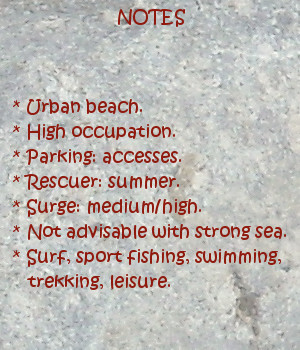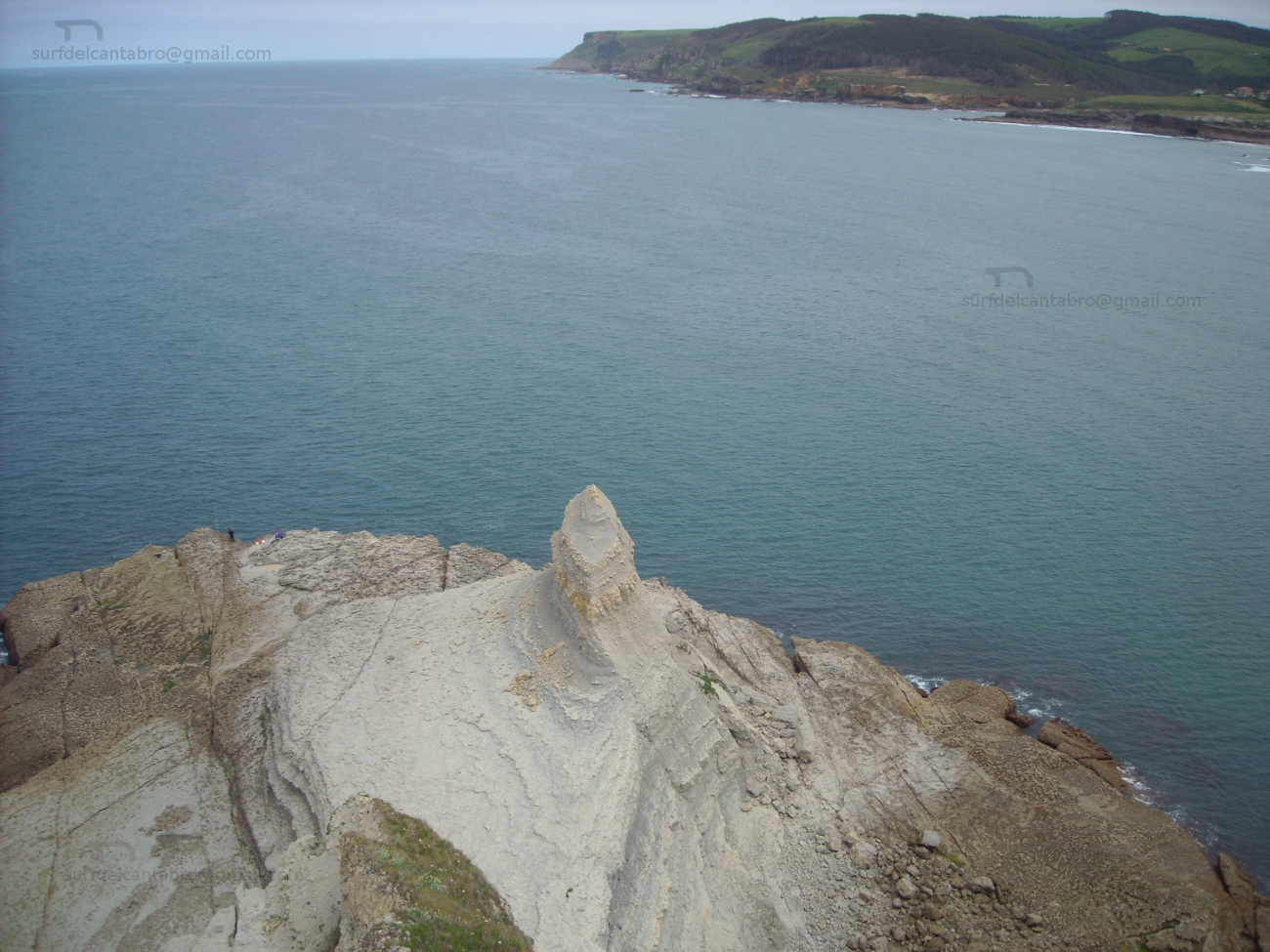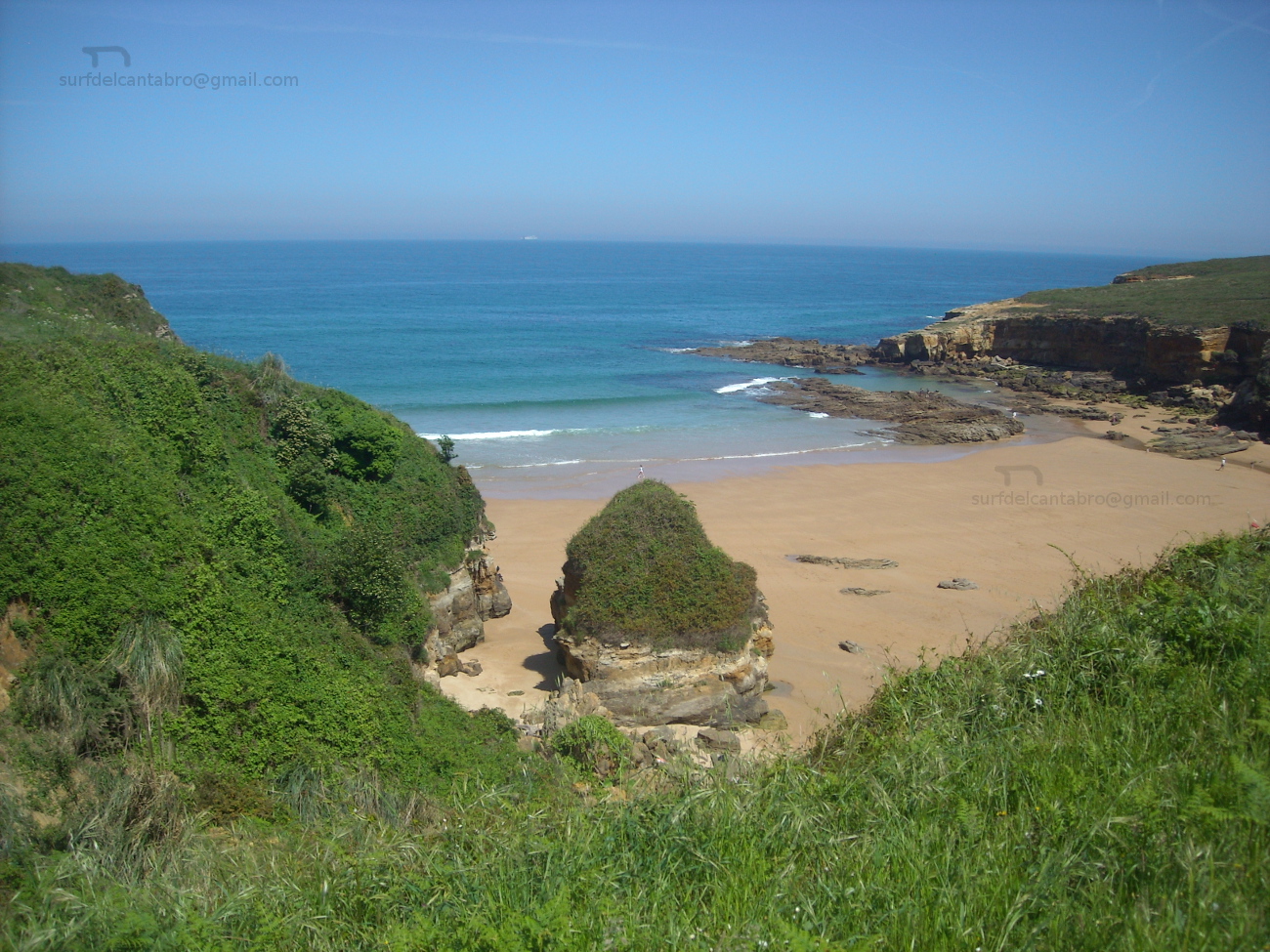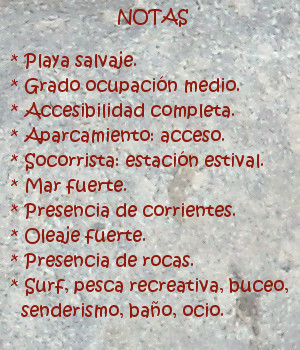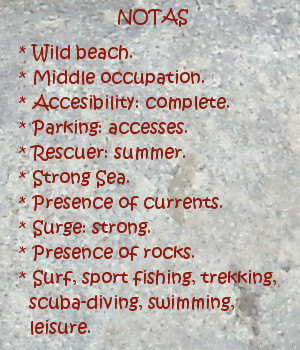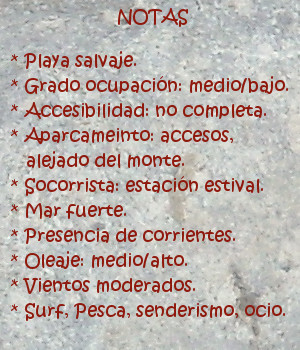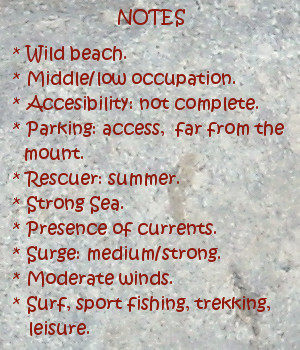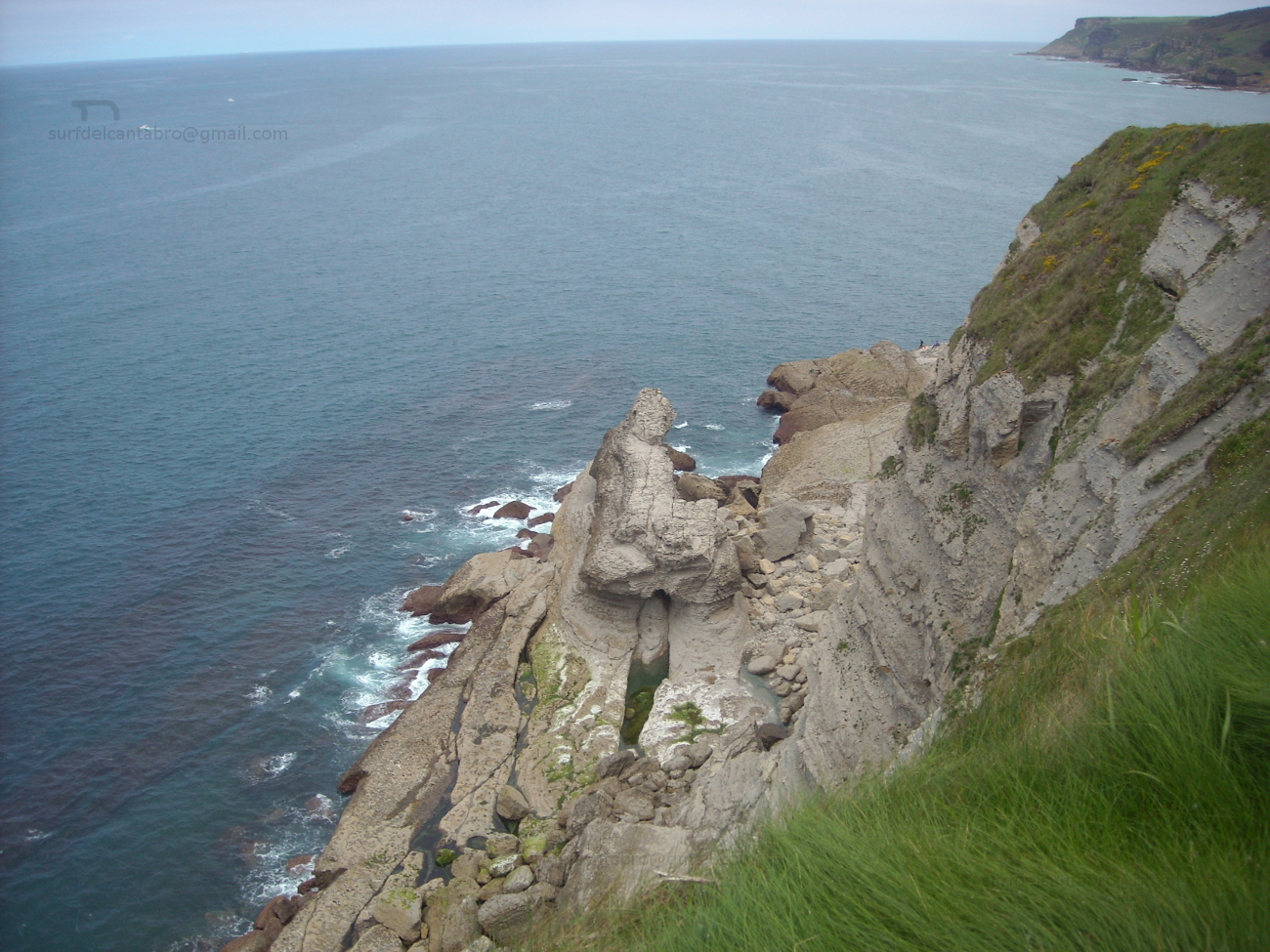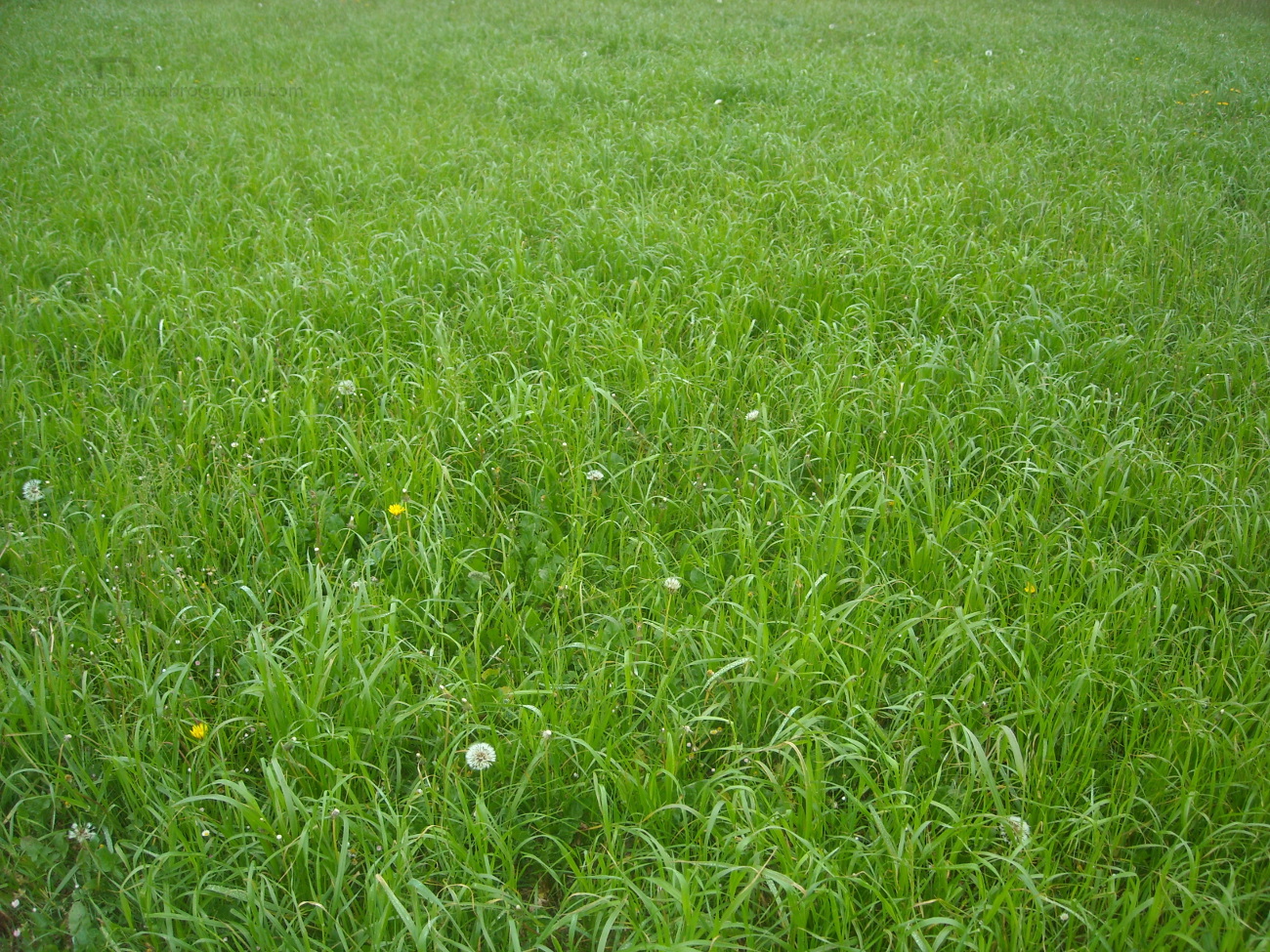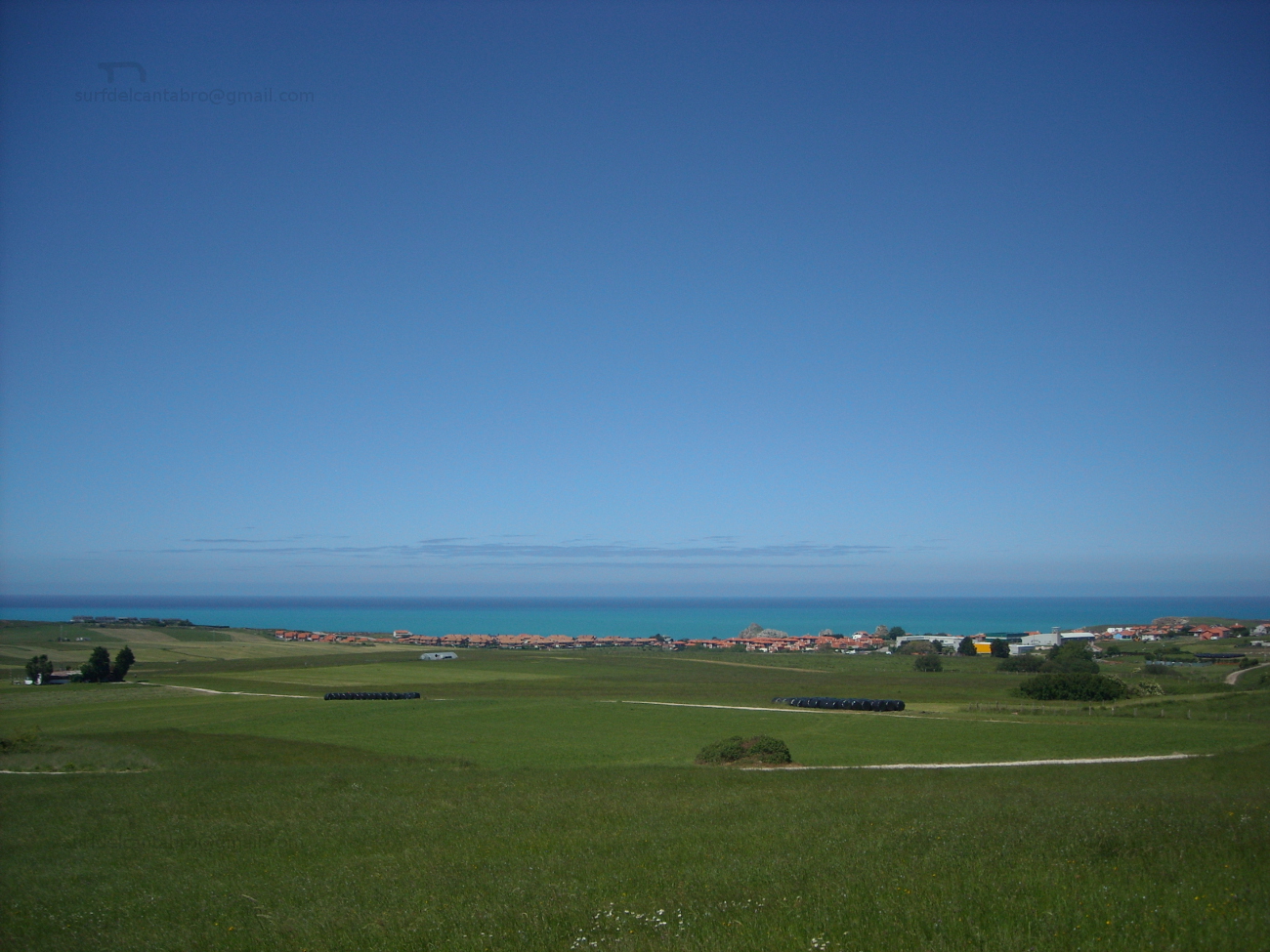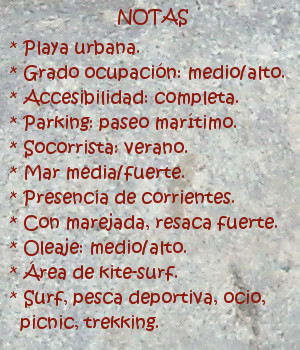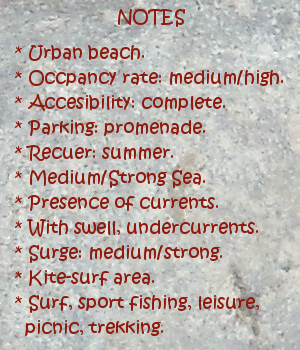El Sardinero, playa
![]() El Sardinero, ubicado en la ciudad de Santander, es un área grande que se extiende desde la Península de la Magdalena hasta la zona de Mataleñas; próxima al Faro de Cabo Mayor. Sus playas se alojan en un arenal cuya superficie supera las 10 hectáreas. Con una longitud de 1500 metros y una anchura media de 80 metros, el banco de arena queda dividido en dos partes por los Jardines de Píquio. Aparecen así dos playas conocidas como: la Primera playa del Sardinero y la Segunda playa del Sardinero y cuatro zonas diferenciadas, que a la anteriores se unen La Concha y El Muro.
El Sardinero, ubicado en la ciudad de Santander, es un área grande que se extiende desde la Península de la Magdalena hasta la zona de Mataleñas; próxima al Faro de Cabo Mayor. Sus playas se alojan en un arenal cuya superficie supera las 10 hectáreas. Con una longitud de 1500 metros y una anchura media de 80 metros, el banco de arena queda dividido en dos partes por los Jardines de Píquio. Aparecen así dos playas conocidas como: la Primera playa del Sardinero y la Segunda playa del Sardinero y cuatro zonas diferenciadas, que a la anteriores se unen La Concha y El Muro.
Dentro de esta ensenada que precede a la Bahía de Santander el surf es una de las actividades más importantes. Cuenta con varias zonas y olas diferentes. Los días de mar fuerte las olas entuban y cierran en bloque, no siendo aconsejable su práctica.
Es el Sardinero una playa que convive directamente con el Mar Cántabrico, y sufre los efectos de los temporales que en invierno azotan Cantabria. Por este motivo, hace unos año se reconstruyó el paseo de la parte final de la segunda playa, ampliando y reforzando el muro que allí había. Esta nueva zona espera a las olas que arriban a ella, agolpando y comprimiendo su energía para regenerar las ondas con superficie lisa y medio recorrido. Ola tras ola, ola con ola; forman un circuito que se conoce como El Muro.

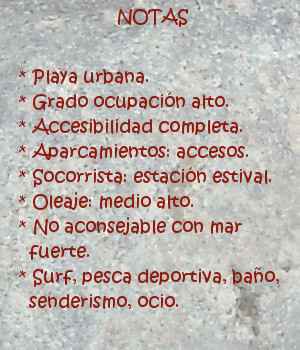
Sardinero, beach
![]() El Sardinero, that is located in the city of Santander, it is an extensively area that spreads from the Peninsula of La Magdalena up to Mataleñas’s zone; next the Lighthouse of Cabo Major. Its beaches lodge at a sandbank which surface overcomes 10 hectares. With a length of 1500 meters and width of 80 meters, the bank of sand remains divided in two parts by the Gardens of Píquio. So two beaches appear, known like: the First beach of the Sardinero and the Second beach of the Sardinero and four differentiated zones: La Concha, El Muro and the previous beaches.
El Sardinero, that is located in the city of Santander, it is an extensively area that spreads from the Peninsula of La Magdalena up to Mataleñas’s zone; next the Lighthouse of Cabo Major. Its beaches lodge at a sandbank which surface overcomes 10 hectares. With a length of 1500 meters and width of 80 meters, the bank of sand remains divided in two parts by the Gardens of Píquio. So two beaches appear, known like: the First beach of the Sardinero and the Second beach of the Sardinero and four differentiated zones: La Concha, El Muro and the previous beaches.
Inside this inlet that precedes the Bay of Santander the surf it is one of the most important activities. It possesses several zones and different waves. The days with strong sea the waves create tubes that finish in block, not being advisable its practice.
It is the Sardinero a beach that coexists directly with the Cantabrian Sea, and suffers the effects of the temporary ones that in winter flog Cantabria. For this motive, a few years ago , the promenade of the final part of the second beach was reconstructed, extending and reinforcing the wall that there existed. This new zone receives the arrival of the waves, pushing and compressing its energy to regenerate the waves with smooth surface and medium distance. Wave after wave, wave with wave; them form a circuit that is known as El Muro.

